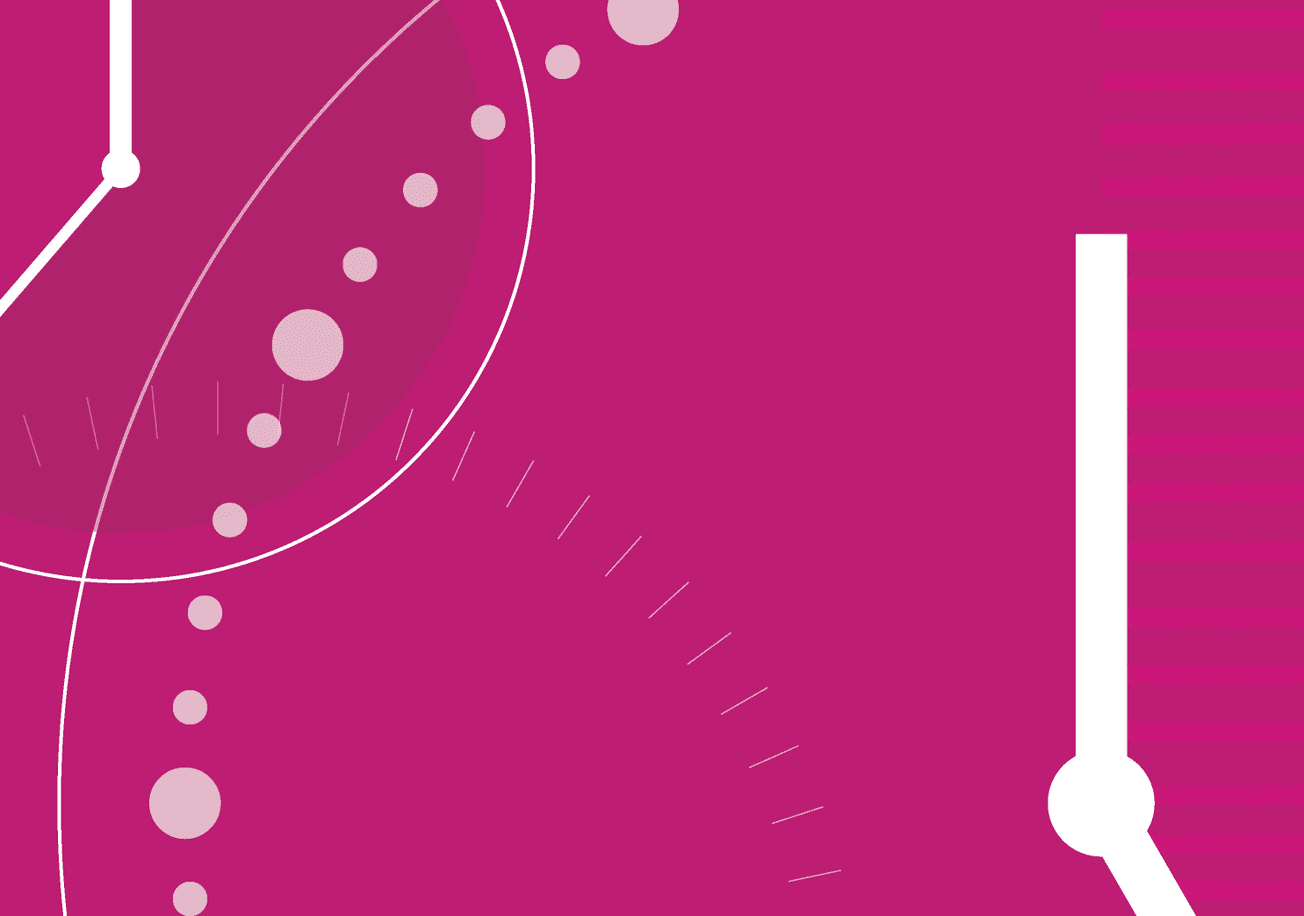Each year during the month of June, we commemorate and celebrate the Stonewall Uprising of 1969. This important first step for LGBTQ+ recognition and liberation in the US was centered around visibility, community, and fairness.
1 in 4 LGBTQ workers have stayed in a job primarily because the environment was very accepting of LGBTQ people
As recently as 2018, national findings continue to show the persistence of workplace double standards and social isolation faced by LGBTQ+ people. Although Pride month provides an opportunity to center LGBTQ+ experiences, we must continue to elevate and keep the experiences of LGBTQ+ and other historically excluded groups centered 365 days a year.
Making your credit union more inclusive creates a spillover effect that improves the climate and experience for all staff, members, and the wider communities served by your credit union.
Understanding the Impact of ERGs
Led by Fellow Dr. Quinetta Roberson, Filene’s Center for Diversity, Equity and Inclusion is working to tackle a variety of challenges in the financial services industry. An upcoming research project will focus on how members of marginalized communities can find a sense of connectedness, growth and impact within a larger organization through employee groups.
Filene Fellow Dr. Quinetta Roberson and colleagues have conducted interviews with 20 human resources and diversity leaders in the credit union industry to examine various features of employee resource groups, inherent tensions in how they operate, and emergent themes around their purpose, structure, implementation, and impact.
An excerpt from the forthcoming research:
Employee groups, formed to serve as a resource for employees and organizations, have been utilized for over 25 years (Welbourne, Rolf & Schlachter, 2017). Originally created as a source of support and advice for individuals who shared a demographic membership and to inform organizational leadership of the challenges they face (Friedman, 1999), employee groups have evolved over time. Many organizations have ERGs designed around a common identity, such as gender, gender identity, sexual orientation, race or other personal characteristic (McGrath & Sparks, 2005), and are designed to facilitate experiences that advance career growth and success for their membership (Colgan & McKearney, 2012; Githens & Aragon, 2009).
Such groups may also be a collaborative resource that can advocate for greater equity and inclusivity throughout the organization.
Employee groups have also served as a safe space for individuals within organizations to be their authentic selves and receive interpersonal support from similar others and allies (Colgan & McKearney, 2012). Employee groups designed around this purpose have been shown to be a confidential yet public outlet for employees to have a voice, especially when they may not be comfortable with expressing their identity or viewpoints (Brown, 2010). Such groups may also be a collaborative resource that can advocate for greater equity and inclusivity throughout the organization.
Employee groups have also been designed with the goals of achieving broader organizational change – in particular, fostering diversity, equity and inclusion within the context of an organization’s mission, values, and goals (Welbourne et al., 2017; Githens & Aragon, 2009). With this purpose, some employee groups are involved in business processes, such as recruitment and retention, product testing and innovation, and marketing. Employee groups also have been involved in social engagement to find impactful ways to connect their organization with local organizations and communities (Bierema, 2005; Friedman & Craig, 2004).
Understanding the Implementation and Impact of Employee Resource Groups (ERGs) will be published this Fall.








